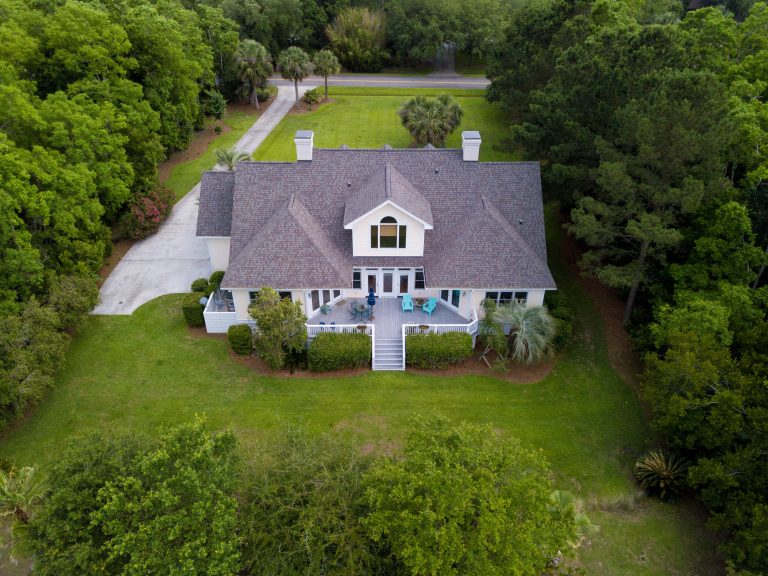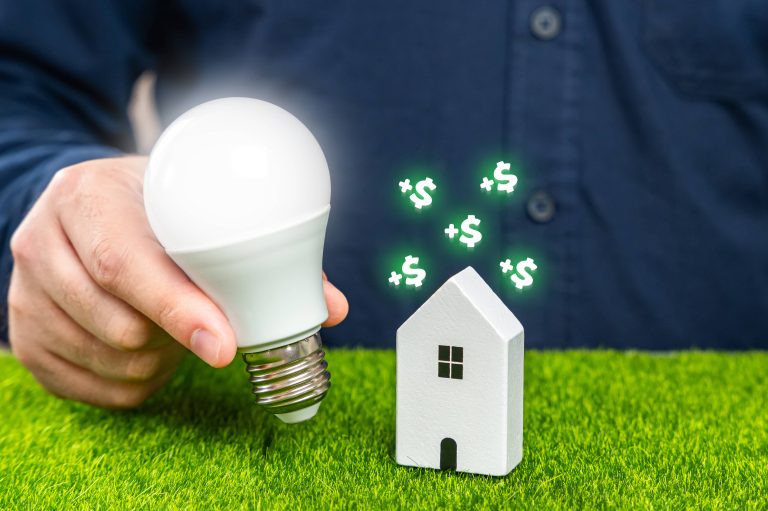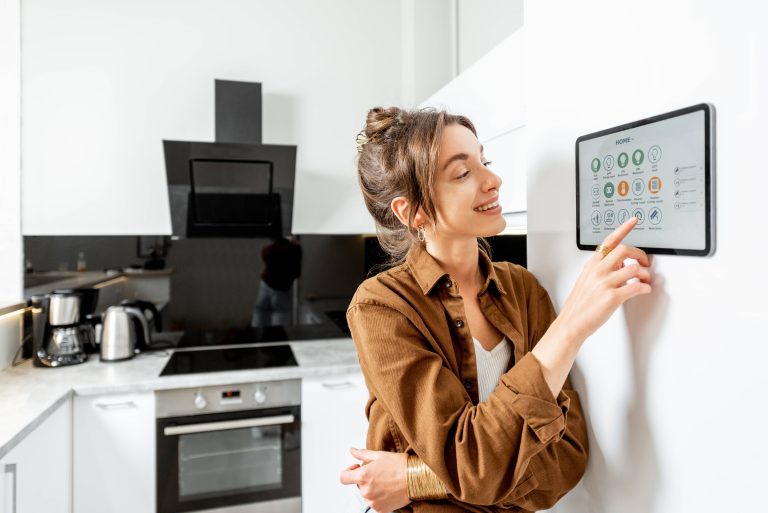
As temperatures rise and cooling costs soar, homeowners are increasingly looking for innovative ways to keep their homes comfortable while also being mindful of energy usage and sustainability. One such technological marvel that has emerged in recent years is the smart blind. More than just high-tech window treatments, smart blinds offer a host of energy-saving benefits that can make a significant difference in reducing cooling costs during the hot summer months.
What Are Smart Blinds?
Smart blinds, also known as automated or motorized blinds, are window coverings that can be controlled remotely using a smartphone, tablet, or through voice-activated systems like Amazon Alexa or Google Assistant. They can be programmed to open and close based on various factors such as time of day, indoor temperature, or even the amount of sunlight outside.
The Role of Smart Blinds in Energy Efficiency
The fundamental way in which smart blinds contribute to energy efficiency is by optimizing natural light and heat ingress, which can significantly reduce the reliance on air conditioning systems.
1. Blocking Out Solar Heat
One of the primary ways to keep your home cool is to prevent solar heat from entering through windows. Once the sun’s rays penetrate your home, they can quickly turn your living space into an oven, forcing your air conditioner to work overtime. Smart blinds can be programmed to close automatically when the sun’s intensity reaches a certain level, preventing the sun from heating up your home in the first place.
2. Preserving Cool Air
Windows are notorious for letting cool air escape, especially if they are not well insulated. By keeping your blinds closed during the hottest parts of the day, you can help maintain a cooler indoor temperature, thereby reducing the need for continuous air conditioning. Smart blinds can close and open in coordination with your smart thermostat, further optimizing your home’s temperature control system.
3. Synchronizing with Climate Control Systems
The integration of smart blinds with climate control systems is a game-changer. For example, if your home is equipped with a smart thermostat, it can work in tandem with your smart blinds to create an optimal atmosphere. When the thermostat senses that the house is getting too warm, it can signal the blinds to close, significantly slowing the rate of temperature increase.
Additional Benefits of Smart Blinds
Besides their significant contribution to energy efficiency and cooling cost reduction, smart blinds offer several other benefits that make them a worthwhile investment for any sustainable home.
1. Convenience
One of the main attractions of smart blinds is their convenience. With the ability to control your window coverings at the touch of a button or through voice commands, you no longer need to manually adjust each blind. This can be particularly beneficial for homes with hard-to-reach windows or a large number of windows.
2. Enhanced Security
When you’re away from home, smart blinds can act as a security measure by giving the illusion that someone is still there. By programming blinds to open and close at different times of day, you can deter potential burglars from targeting your home.
3. Improved Aesthetics
Modern smart blinds come in a variety of styles and materials, allowing homeowners to choose designs that complement their home decor. Some brands also offer customization options, ensuring that the blinds seamlessly fit into any home aesthetic.
4. Integration with Smart Home Ecosystem
Smart blinds can be part of a broader smart home ecosystem. Integration with other smart devices, such as lights, thermostats, and even smart beds, can provide a comprehensive, automated living experience that prioritizes comfort, security, and energy efficiency.
Making the Right Choice
When selecting smart blinds, there are several factors to consider to ensure you maximize your energy savings.
1. Material
Opt for materials that offer high insulation properties. Cellular or honeycomb shades are excellent for their ability to trap air and provide insulation. Blackout materials can also be beneficial in rooms where complete darkness is desired, like bedrooms or media rooms.
2. Control Options
Consider the control options that come with the smart blinds. While some may function solely via smartphone apps, others may offer more integrative features like compatibility with home automation systems or voice control.
3. Installation
Professional installation can be crucial for ensuring that your smart blinds operate flawlessly. Some brands offer professional installation services, but if you prefer a DIY approach, make sure the product comes with clear instructions and support.
Real-World Savings
To truly appreciate the impact of smart blinds on reducing cooling costs, let’s look at some real-world data. According to the U.S. Department of Energy, smart window coverings can reduce unwanted solar heat gain by up to 45%. This translates to a significant reduction in the need for air conditioning, leading to a potential savings of over 30% on cooling costs during the summer months. For an average household, this could mean saving hundreds of dollars each year.
Conclusion
Smart blinds are more than just an aesthetic upgrade for your home; they are a powerful tool in the fight against rising energy costs and climate change. By intelligently controlling the amount of sunlight and heat that enters your home, you can significantly reduce the need for air conditioning, leading to lower energy bills and a smaller carbon footprint.
As the technology behind smart blinds continues to evolve, their benefits in terms of energy efficiency, convenience, security, and aesthetics will only grow. For homeowners committed to sustainability and searching for ways to reduce cooling costs, investing in smart blinds is a smart, practical, and eco-friendly solution.
So why not take the next step in making your home smarter and more sustainable? With smart blinds, you’re not just saving money—you’re contributing to a greener planet.







